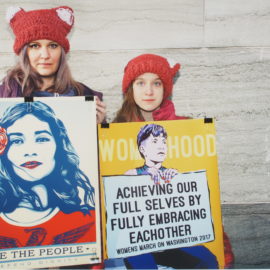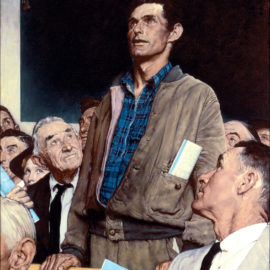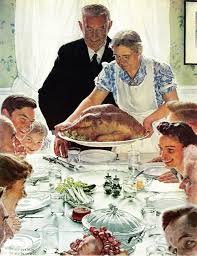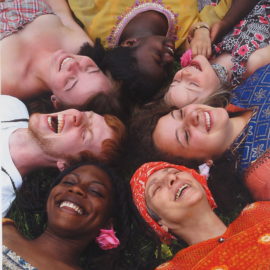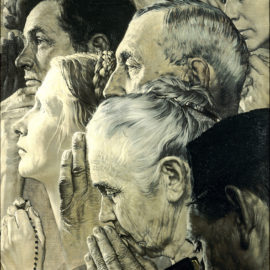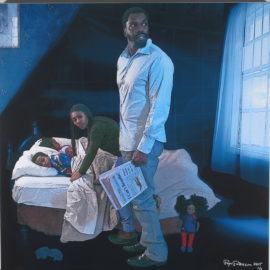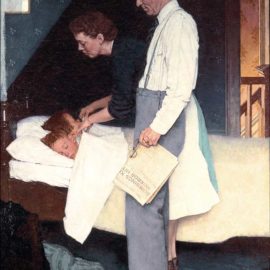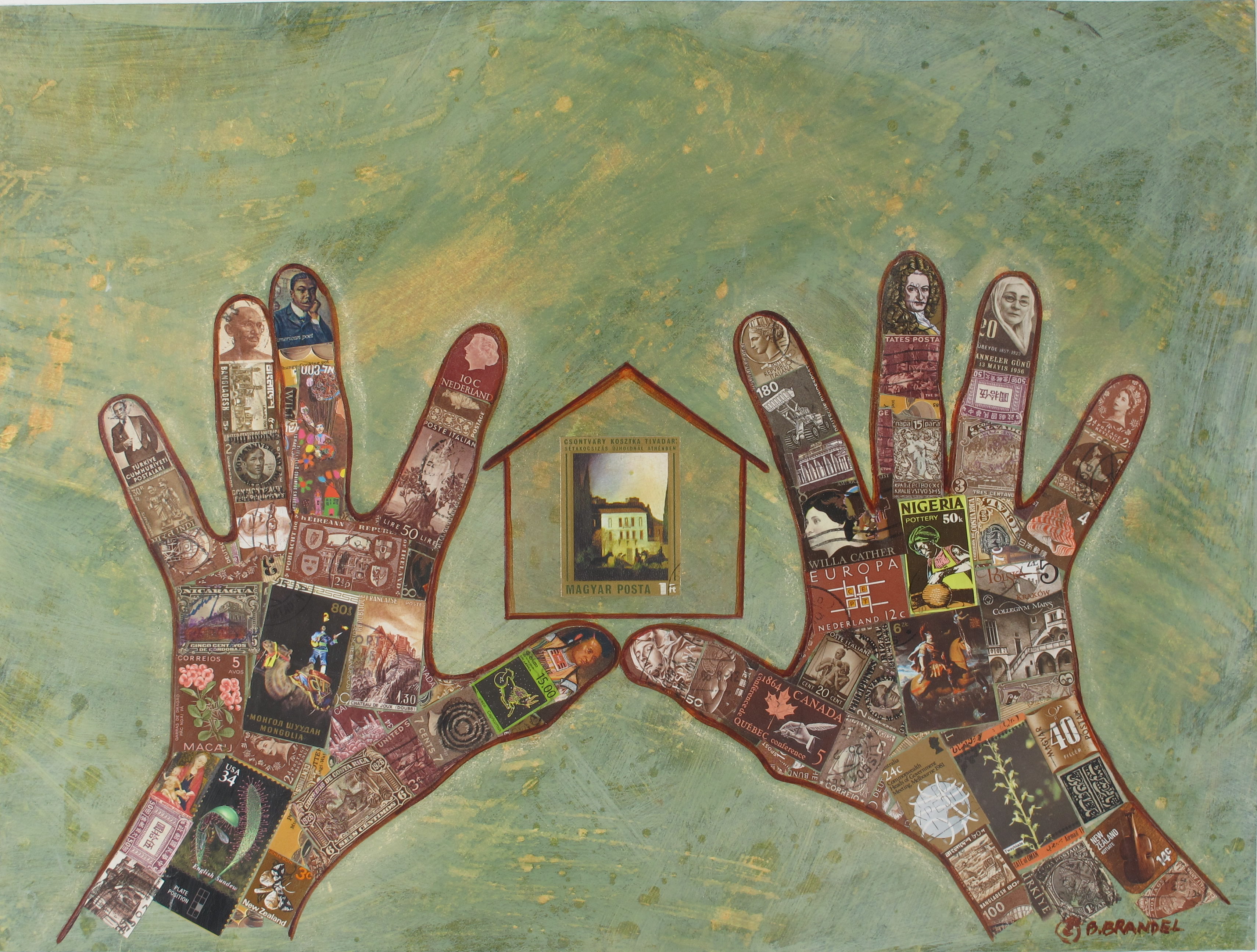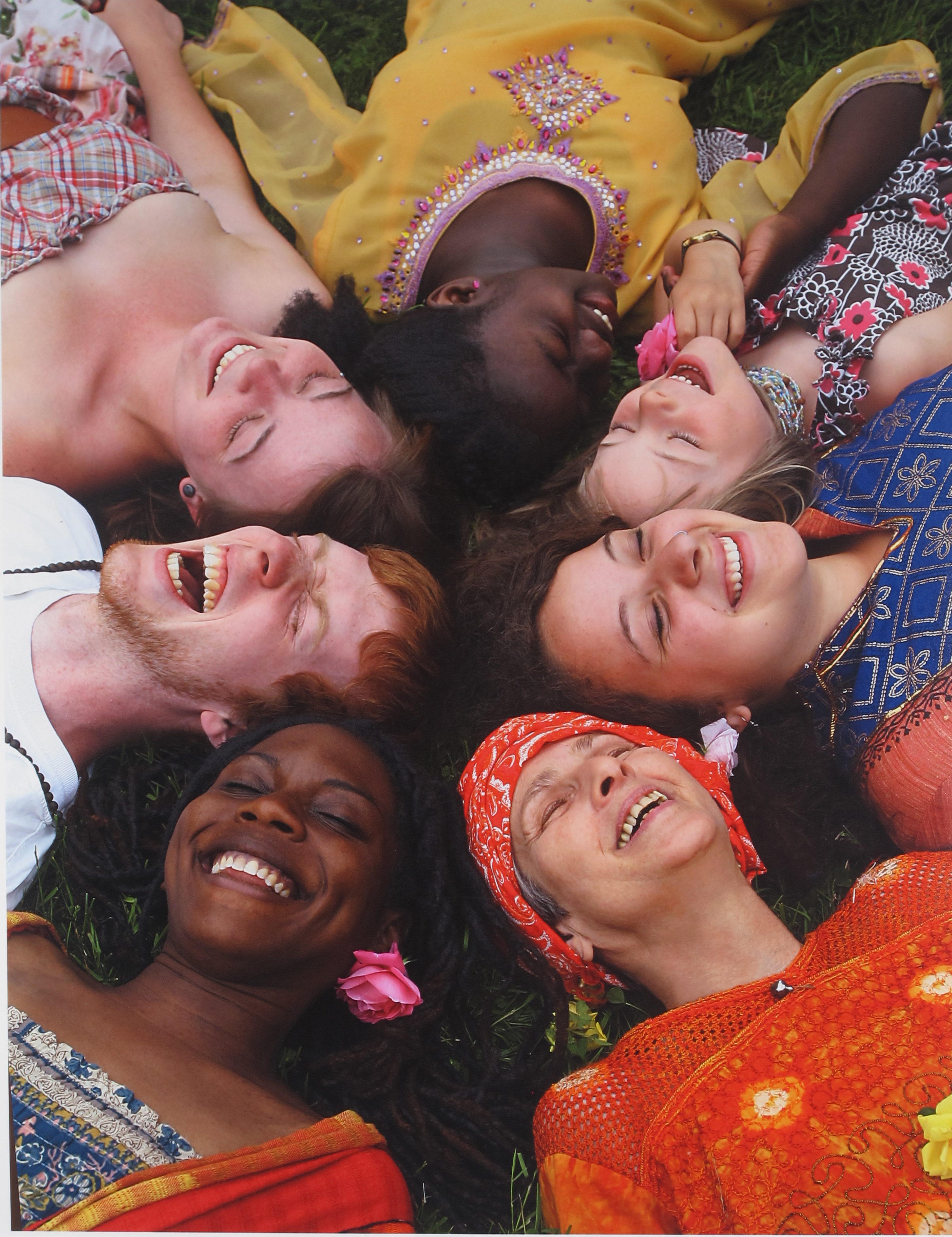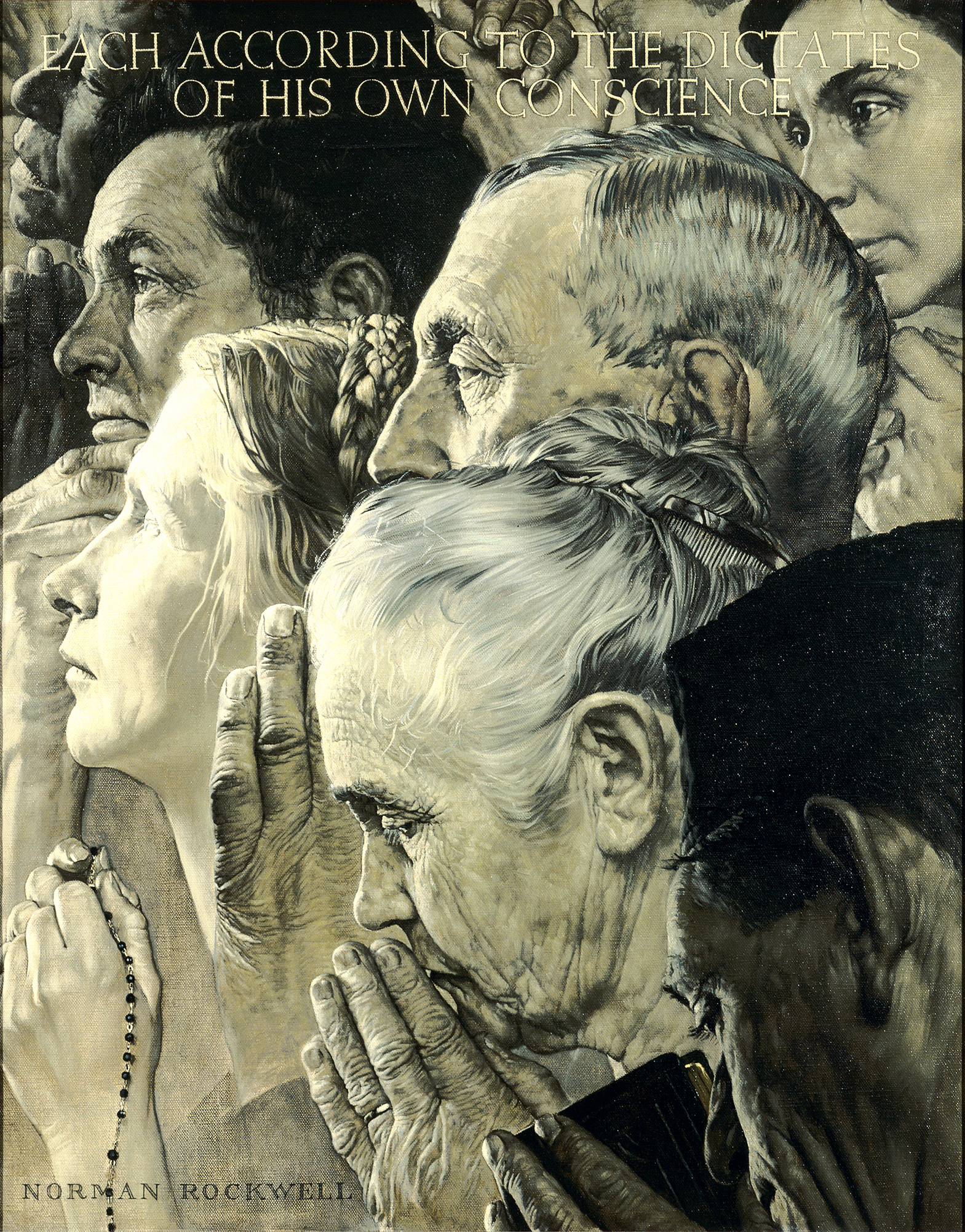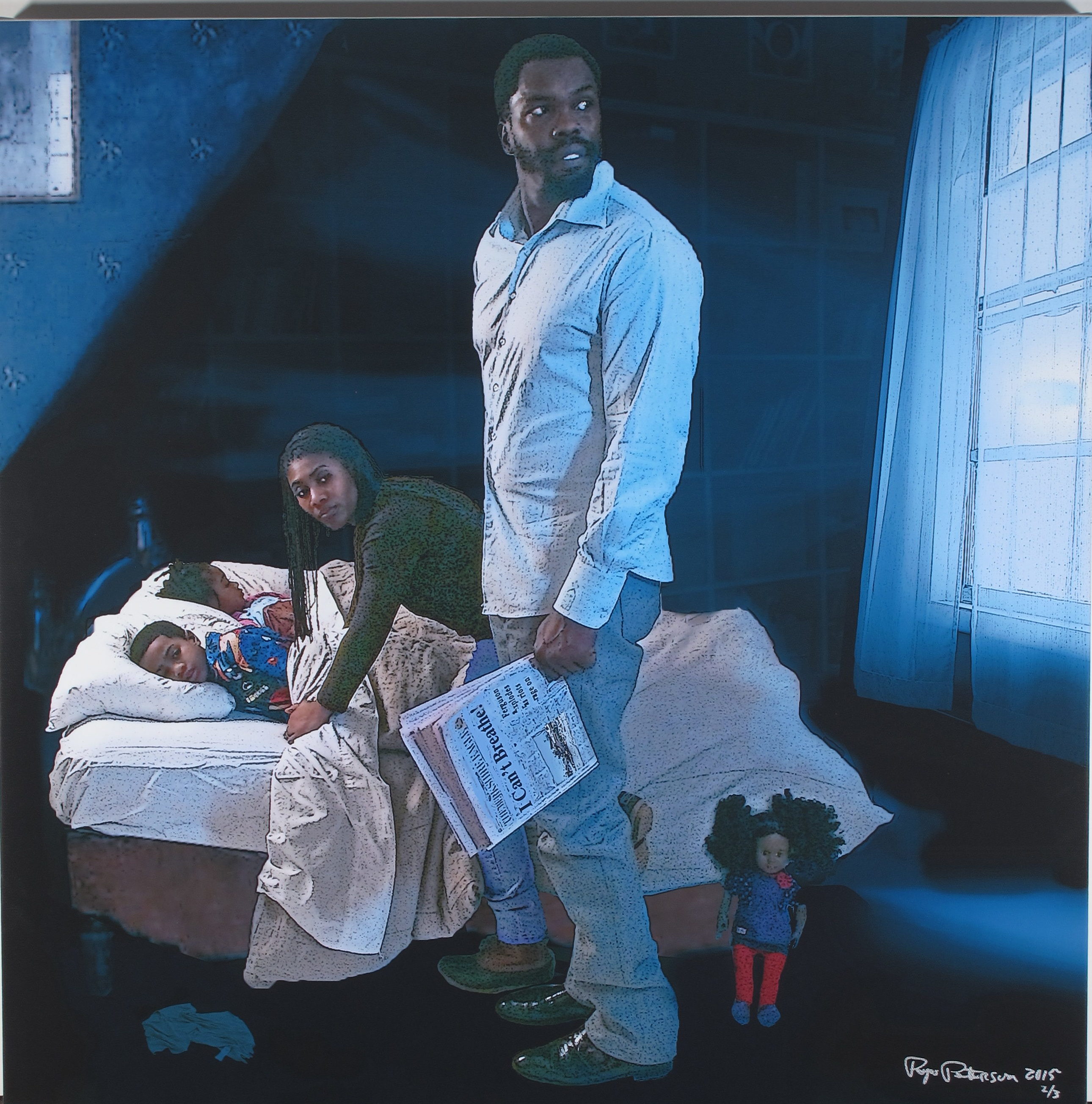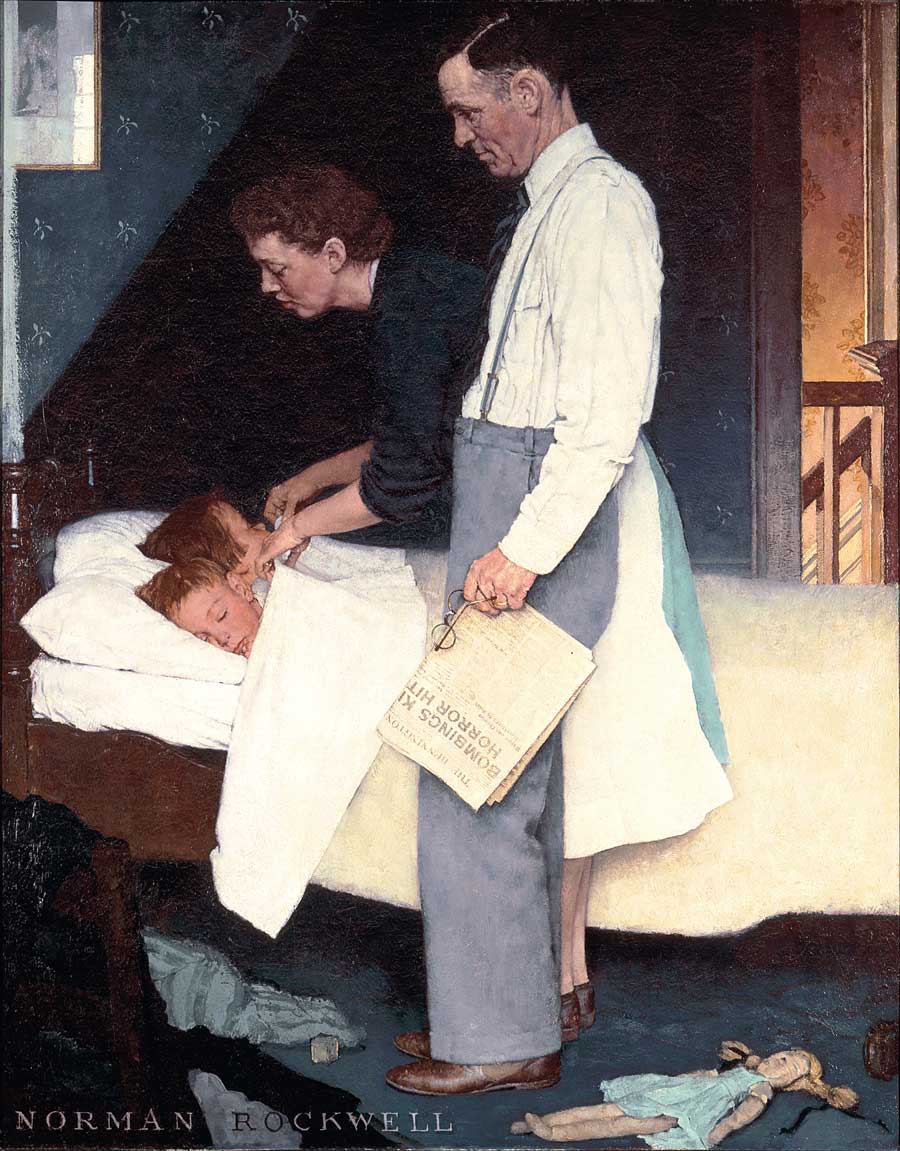For the past four issues, Messenger Mountain News columnist Amy Weisberg has invited our readers to reflect on Norman Rockwell’s paintings, “The Four Freedoms,” in the context of using the message in each of the images as a teaching tool.
For the 75th anniversary of the paintings this year, contemporary artists have been asked to reimagine the “Four Freedoms.”
Rockwell’s series of four paintings created in 1943 commemorate a speech by President Franklin D. Roosevelt delivered in 1941, the year before the United States entered World War II. In the speech, Roosevelt proclaimed that all people, in all nations, deserved to share America’s four freedoms: freedom of speech and expression, freedom to worship, freedom from want, and freedom from fear.
Rockwell chose muted colors for the four paintings. He selected people from the Vermont town were he lived as models, and the subjects reflect the New England values of the era. The original artwork appeared on four consecutive covers of the Saturday Evening Post. The intention was to promote patriotism in wartime, and the series proved to be a spectacular success. An exhibition of the paintings and the sale of prints succeeded in raising $132 million for the war effort.
Earlier this year, Smithsonian invited four artists to re-envision Rockwell’s paintings: “As Rockwell did in 1940s New England, the artists started with what they knew.”
New York artist Tim O’Brien re-envisioned “Freedom to Worship” to include people from the different backgrounds and religions he sees in his Brooklyn neighborhood. Rockwell included a Catholic in his original painting of earnest, Anglo Saxon Protestants; O’Brien features a Hindu, a Buddhist, an Orthodox Jew and, in the center, a Muslim man, eyes closed in prayer. The composition of the two paintings is very similar, but O’Brien’s reflects the increasingly diverse America of the 21st century.
Ryan Schude chose to photograph his own extended family in his re-envisioning of “Freedom from Want.” This family is sitting down to the same Thanksgiving dinner depicted in Rockwell’s original, but they are not together in the same way. Instead, each is distracted, focused on something else—iPhones, iPads, video games.
Cuban-American artist Edel Rodriquez wrestled with existential questions for his version of “Freedom from Fear.” His image of a refugee family in a detention center, with guards at the door, asks whether the right to freedom from fear really does apply equally to everyone, or only to those who are U.S. citizens.
Melinda Beck presents a more optimistic vision in her version of Freedom of Speech. Her work, a collage in black, white, and pink, shows the silhouette of a black woman, her hair vivid pink, her words transformed into origami birds, each with the message “me too.”
Although they come from different backgrounds, the four Smithsonian artists, like Rockwell himself, reflect an East Coast sensibility in their work. That isn’t the case with a second Four Freedoms project.
The Rockwell Museum, in Stockbridge, Massachusetts, has also invited a new generation of artists to reflect on the Four Freedoms, for a major touring exhibition entitled Enduring Ideals: Rockwell, Roosevelt and the Four Freedoms.
“A distinguished jury of curators, scholars, artists, and historians reviewed approximately 1,000 submissions from artists across the United States and in other countries, and selected 37 works by 36 artists to be featured in the contemporary section of the exhibition, titled ‘Reimagining the Four Freedoms,’” a press release for the exhibit states.
The original paintings and some of the new interpretations of them are part of a traveling exhibition, that will “illuminate both the historic context in which FDR articulated the Four Freedoms and the role of Rockwell’s paintings in bringing them to life for millions of people, rallying the public behind the War effort and changing the tenor of the times. In telling the story of how Rockwell’s works were transformed from a series of paintings into a national movement, the exhibition will also demonstrate the power of illustration to communicate ideas.”
The artists whose works will accompany the original paintings come from every part of the country and their work represents a wide spectrum of concerns and ideas.
The Rockwell Museum has also invited the public to participate by sharing their thoughts on social media with the hashtag #FourFreedomsToday. For more information
The exhibit is currently in The Henry Ford Museum in Dearborn, Michigan. It will be heading to Washington DC and also Caen, France, before heading home to Massachusetts. While it isn’t currently scheduled to come to California, that may change. “We have been looking at some west coast venues,” Jeremy Clowe, the Manager of Media Services for the Norman Rockwell Museum, told the Messenger Mountain News. “Stay tuned.”
In the meantime, everyone, everywhere, is encouraged to participate online, and to reflect on what freedom means in the 21st century.
For more information on the traveling exhibit
For more information on the Rockwell Museum
For more information on Smithonian’s Reimagining Norman Rockwell’s Four Freedoms



